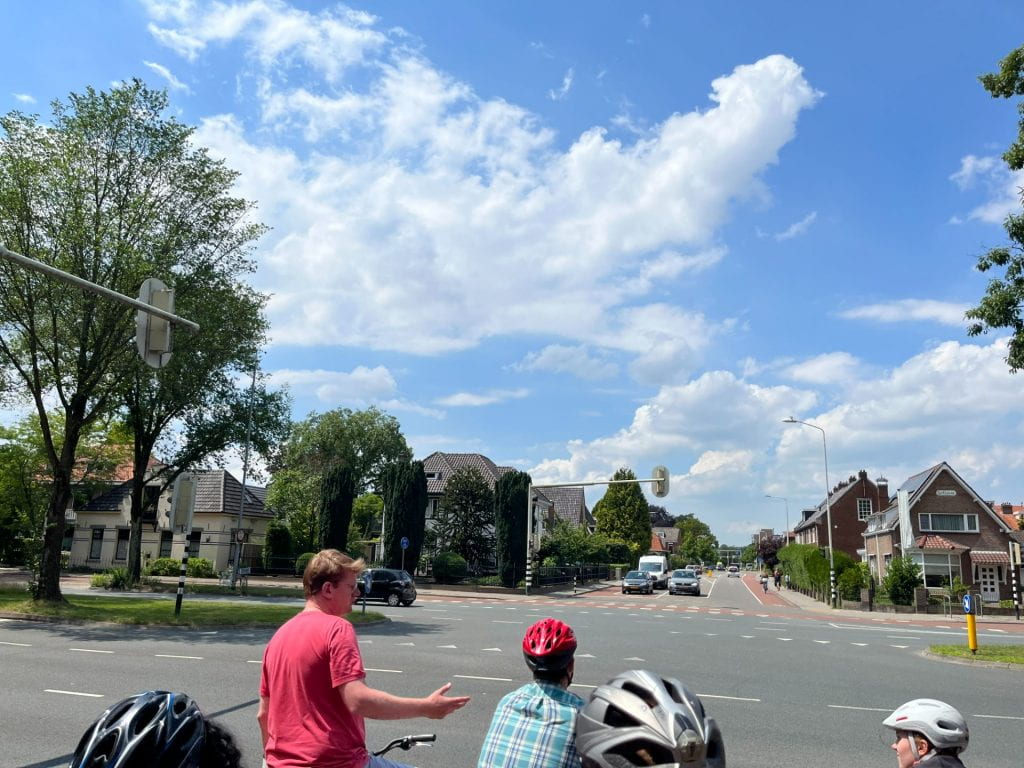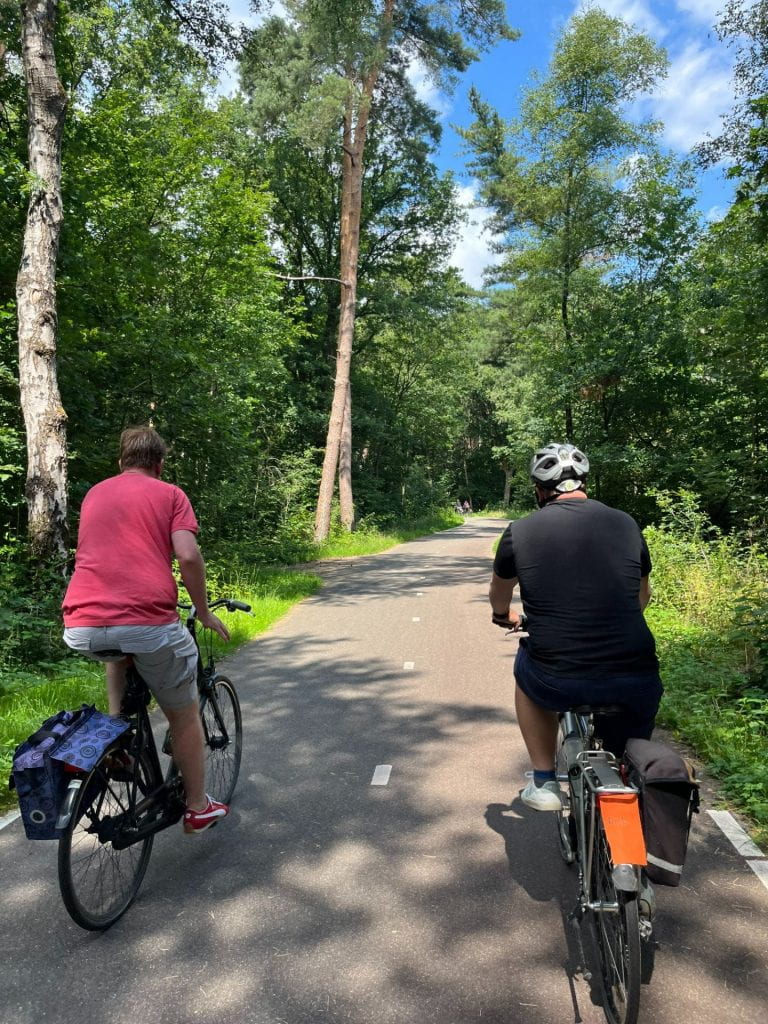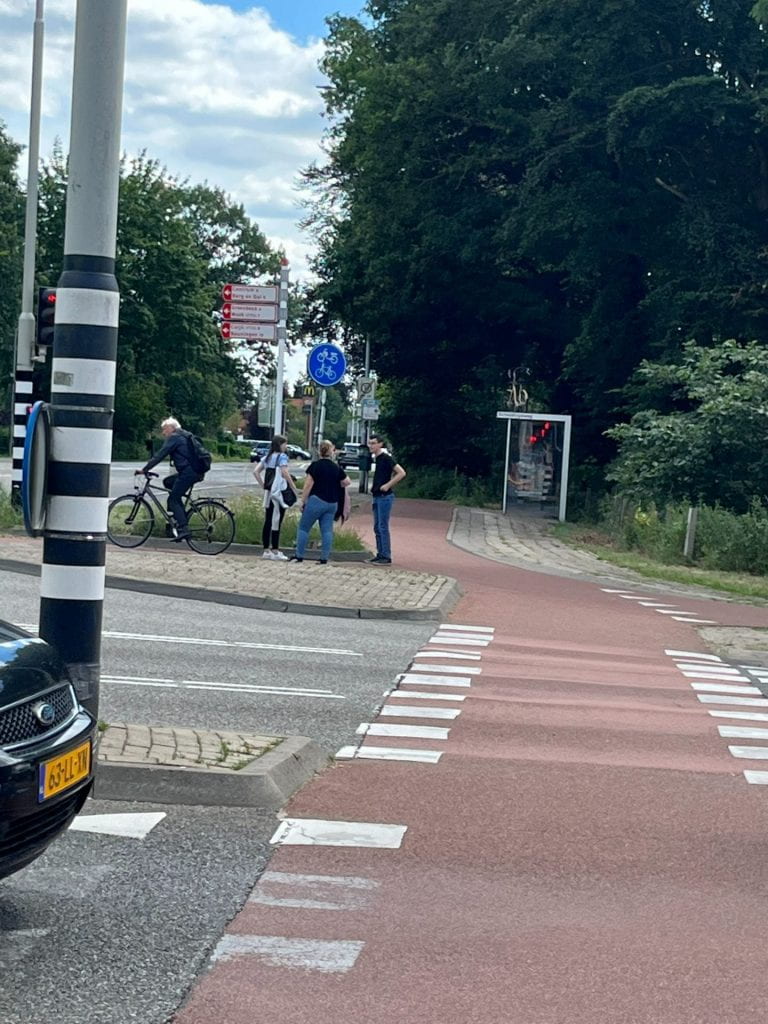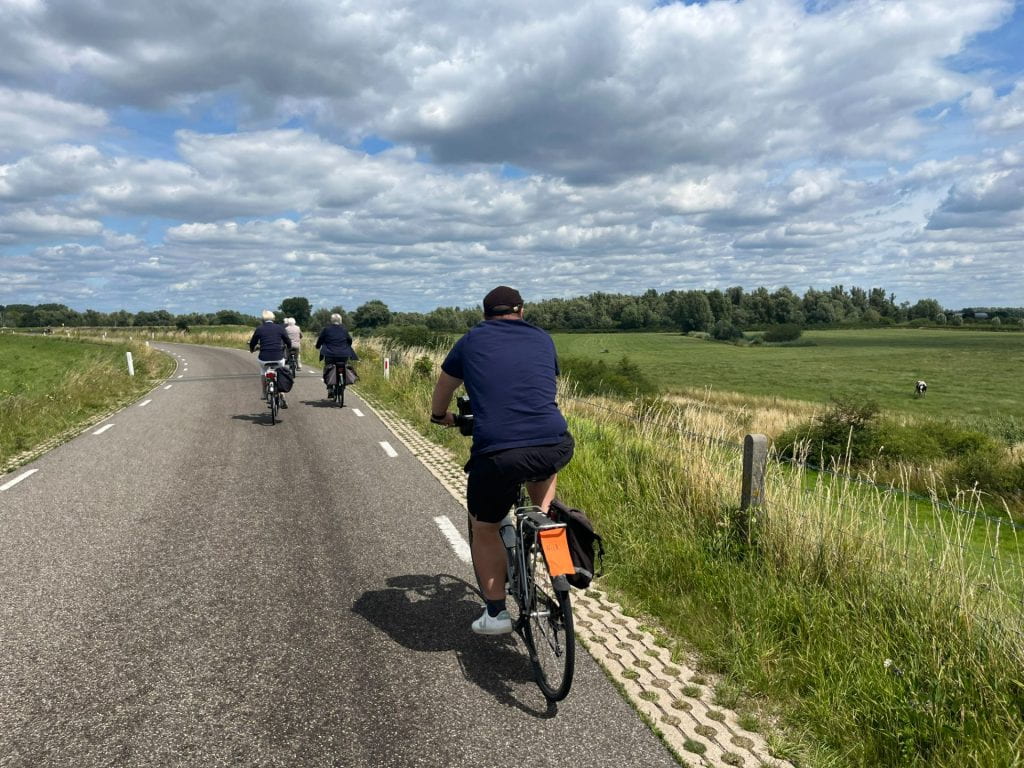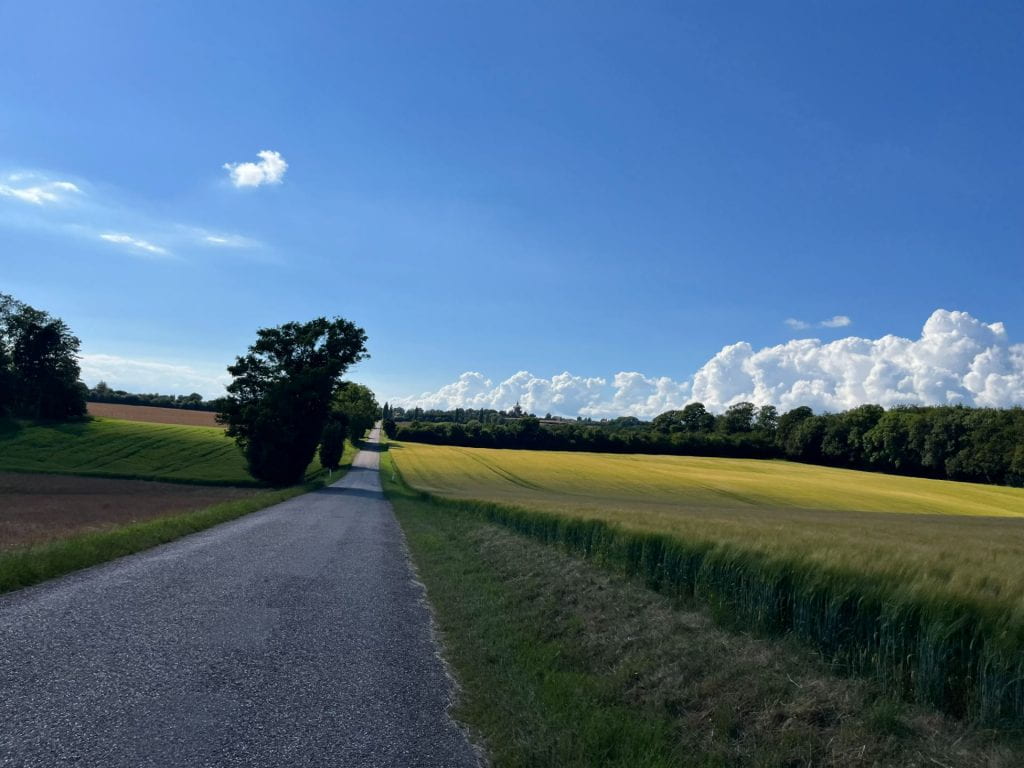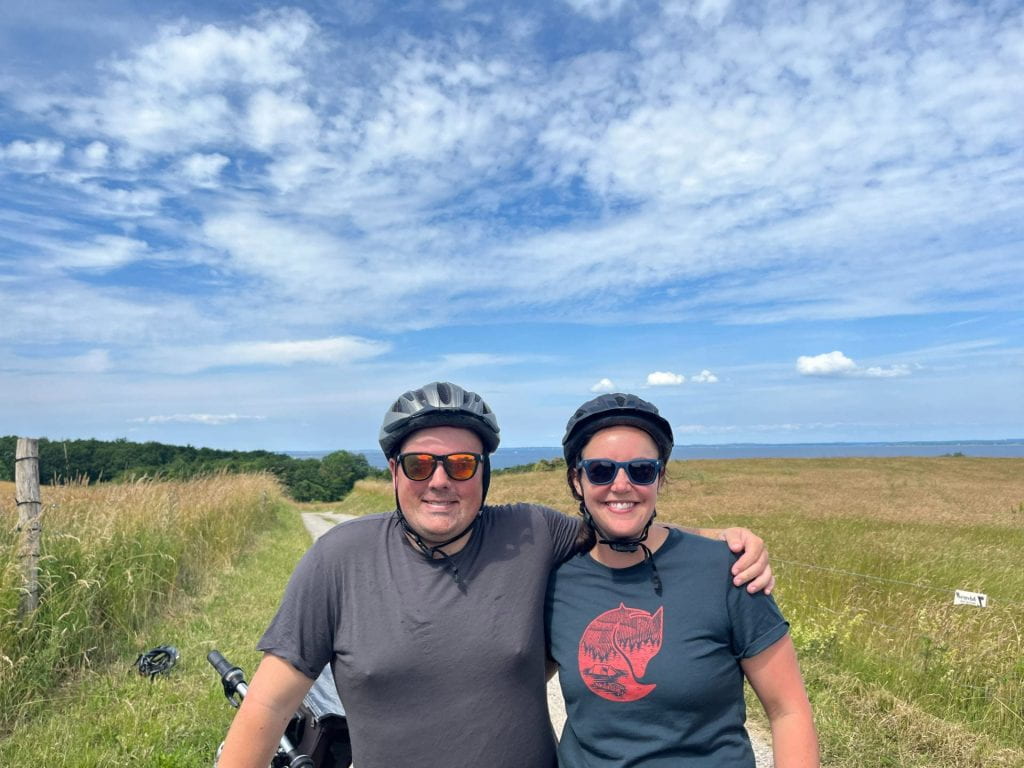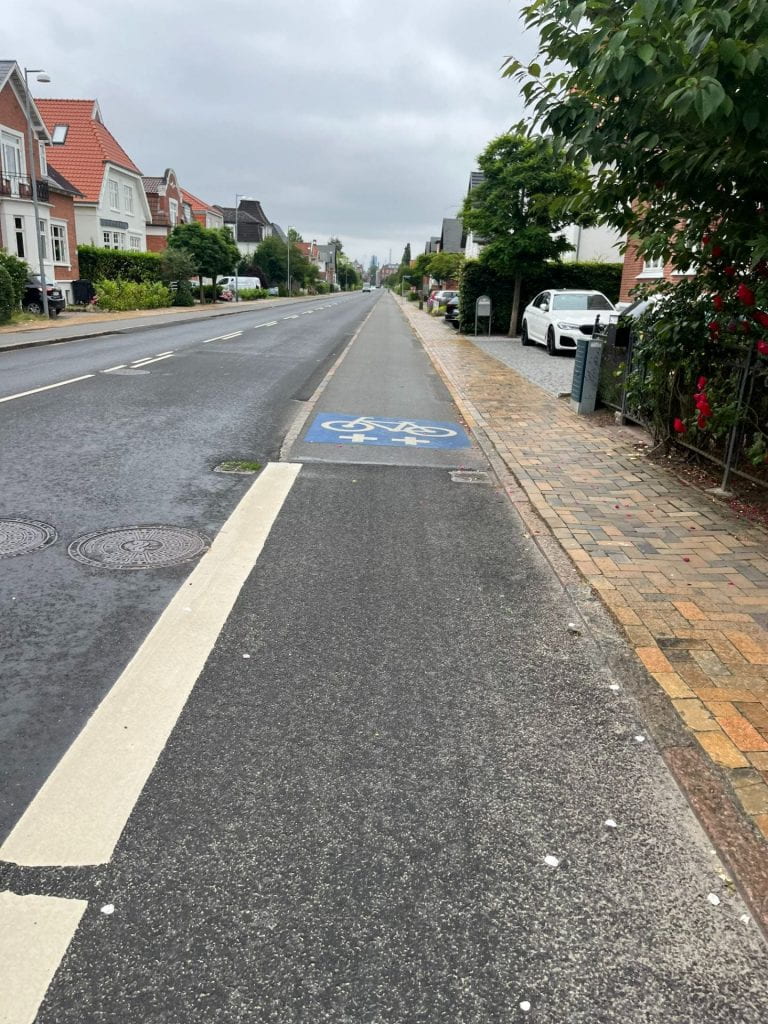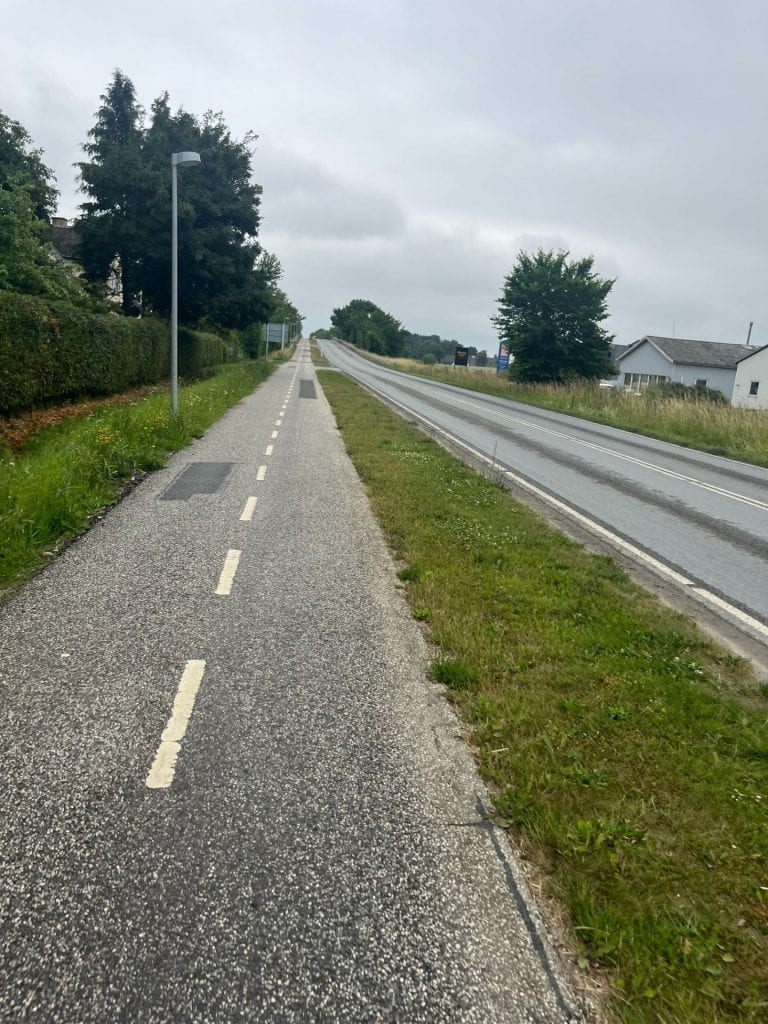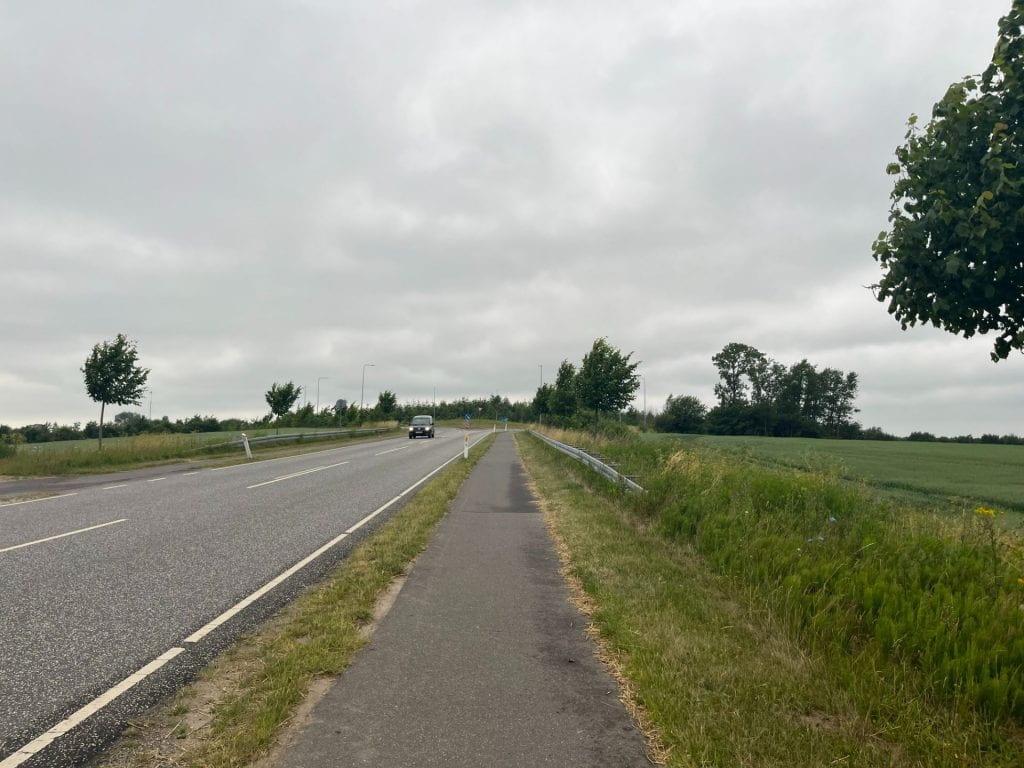On Sunday, under less than ideal circumstances in a lecture room in a hostel, our 17 courageous, amazing students presented to their classmates and other friends of the program about what they learned and what they want to carry home. This class is such an inspirational experience as an instructor and guide for these students. This year’s class included several students who were specializing in planning, architecture, and engineering. This group was different in that they’ve all taken classes in planning and have been exposed to ideas that challenge American transportation planning. Even though they agreed with the concepts in the classroom, there’s nothing that can replace the experience of coming here and getting a bicycle in an independent setting.
In final presentations, students talked about how riding bikes in cities designed for them makes them happier, safer, more independent/ autonomous, and less anxious. One of our Scan Design Fellows (Robin Lewis from Bend) live blogged the presentations! They spoke about how planning around bicycles offers accessibility and helps reach sustainability goals, while giving people access to greenspace & recreation. They connected their work to theoretical concepts like user-centered design and de-growth. They spoke of specific aspects of infrastructure that make this work from planning for calm streets, microinfrastructure, public space, long distance routes, transit connections, and critical linkages like bicycle bridges. They talked about communication and education approaches to launch public education campaigns and to get children on bicycles. I was impressed with how they married research with personal experience to offer insights into a topic that resonated with them over the last 4 weeks. Over the coming weeks, the students will be writing up their final projects to carry their experiences back to the U.S. As with previous cohorts, I’m excited to see how this group of students harnesses this experience to make a difference in their communities and launch their careers to work towards better places that allow for these same amazing things we experienced. These students are inspiring, resilient, and wicked smart – I can’t wait to see what they do with their knowledge and experience!
As I reflect on my own experience this trip, I’m left with different takeaways from the last class. The key thoughts that I’m sitting with this time: 1) political will; 2) intentionality; 3) working across silos. Time and time again, our guest speakers remind us that the “issues” we face in the U.S. around taking away parking and fear of change are not all that different than what European cities are facing – even today, Copenhagen faces heated resistance to removing parking. At the end of the day, it all comes down to political will. Second, achieving this world that makes us feel so safe, happy, and comfortable isn’t by accident – designers and planners make careful, intentional choices to prioritize bicycles and make things work. Finally, making progress requires working across silos in both public space/transportation but also transportation/land use/housing. A few of our closing speakers reminded us about the role of land use planning in achieving densities that make cycling feasible. Henk Swarttouw spoke a new housing development in the Netherlands prioritizing building bicycle infrastructure to make sure it’s present before people start developing habits around transportation. This speaks to the need to integrate land use planning, housing construction, and transportation investments like Sweden is doing with the Sverigeforhandlingen. I’m inspired to write up and tell the story of this policy.











